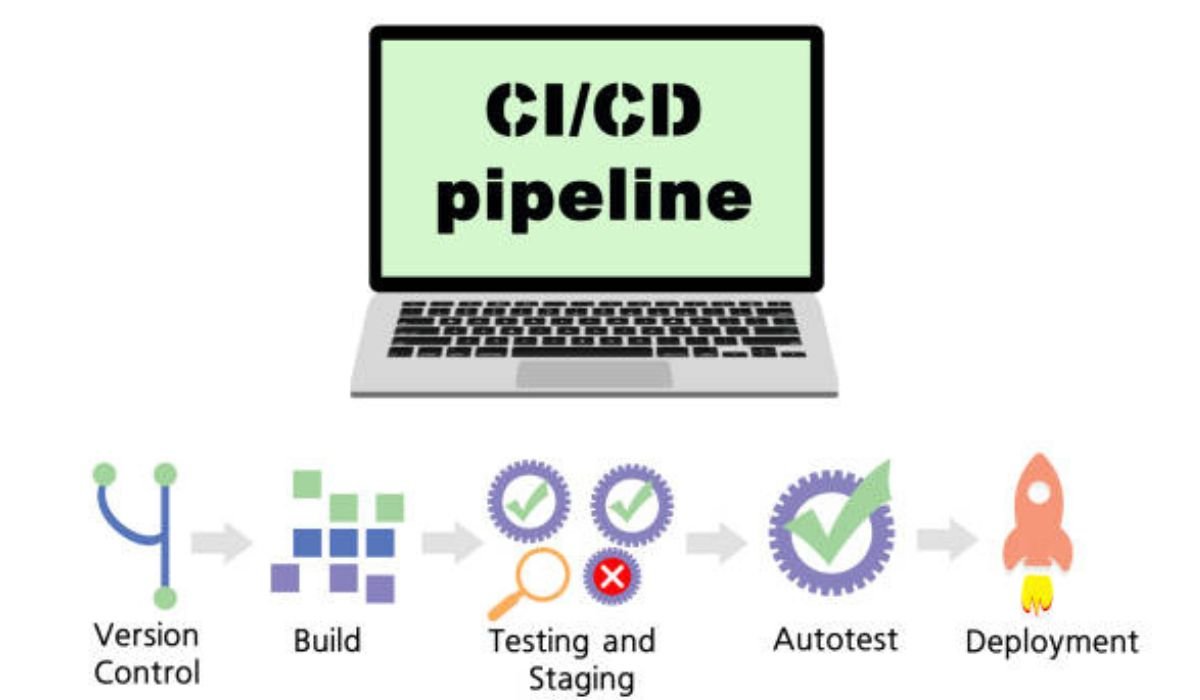Modern retail is moving faster than ever. From smarter merchandising to real-time analytics, brands and retailers now have powerful tools to improve how products reach the shelf. At the center of all this progress is a simple but critical goal, keeping shelves stocked when and where it matters most.
Yet, even with all this innovation, a familiar challenge persists. Products that are available in-store often fail to make it onto the shelf. They’re stuck in the backroom, misplaced, or simply not restocked in time. This on-shelf availability gap quietly eats into sales, damages shopper trust, and weakens in-store campaigns.
Artificial intelligence is starting to change that. With the rise of AI-powered on-shelf availability solutions, brands can now spot stock gaps quickly, track execution in real time, and turn shelf data into fast, actionable decisions. Technologies focused on on-shelf tracking are giving teams better visibility and helping them respond before issues impact sales.
In this blog, we’ll explore how AI is solving the on-shelf availability challenge, from the root causes and limitations of traditional methods to the real-world impact of smarter, faster retail execution.
Why Poor On-Shelf Availability is a Bigger Problem Than It Seems
Retailers often underestimate how much impact a few empty shelves can have, but the numbers make it clear: this isn’t a small issue. According to industry research, global retail lost sales reach $15–$20 billion annually due to poor on‑shelf availability, which equates to around 2–3% of total sales in the U.S. food retail sector.
It’s not just about lost revenue. In a global survey from late 2022, 20% of shoppers said they frequently couldn’t buy the product they needed because it was out of stock, and another 6% said this happened almost every time they visited a store. These repeated experiences drive frustration, lower loyalty, and push customers toward competitors.
What’s Causing These Gaps?
Most stockouts don’t happen because the product doesn’t exist in the supply chain. Instead, they happen because:
- Inventory is stuck in the backroom
- Products are misplaced or shelved incorrectly
- Store staff miss restocking cycles
- The system data says a product is there, but the shelf says otherwise
This mismatch between system-level inventory and actual shelf presence is what creates phantom inventory. It confuses replenishment planning, misguides promotions, and throws off reporting.
The Shopper Experience
When shoppers can’t find what they need, they either pick a competitor’s product or leave without buying anything. If this happens frequently, they may stop coming back. On-shelf availability is not just a logistics issue; it directly affects brand loyalty and customer retention.
This is where on-shelf tracking becomes essential. Brands and retailers need to see what the shopper sees, in real time, and respond before opportunities are lost.
Why Traditional Shelf Monitoring Doesn’t Work Anymore
Retailers have relied on manual audits for decades. Store associates, field reps, or third-party teams walk aisles, check shelves, and fill out checklists. In theory, this should help spot gaps and enforce compliance. But in practice, it’s inconsistent, slow, and hard to scale.
Manual Audits Are Inherently Limited
There’s no guarantee that every audit is done thoroughly. One rep might notice a missing SKU, while another might not. Even when audits are done properly, they often get reported days later, and by then the issue has already impacted sales.
Also, physical audits are expensive. Sending teams across dozens or hundreds of stores regularly is a major operational burden for both brands and retailers.
Lack of Real-Time Insights
Stockouts can happen at any time, but most audits happen weekly or monthly. Without live insights, operations teams are always reacting late. There’s a time lag between issue detection, communication, and resolution. That lag is what causes revenue leakage.
Too Hard to Scale Across Store Networks
Retailers and CPG brands operate across wide geographies and work with thousands of SKUs. Manual processes can’t scale with that complexity. This often leaves decision-makers blind to what’s really happening across different locations.
How AI Is Driving the Future of On-Shelf Availability
Artificial intelligence helps eliminate these inefficiencies by automating shelf data collection, analyzing patterns, and enabling quick decisions. This leads to faster issue resolution, more consistent execution, and better alignment between store and HQ.
Image Recognition for Shelf Monitoring
AI-powered shelf monitoring tools can capture images of product displays using smartphones, in-store cameras, or handheld devices. These images are then analyzed to:
- Detect out-of-stock items
- Identify misplaced products
- Verify planogram compliance
- Track product facings and shelf share
This process takes minutes, not hours, and delivers immediate feedback to store teams.
AI-Powered On-Shelf Tracking
With AI-driven on-shelf tracking, shelf data becomes structured and reliable. Field teams no longer have to rely on paper-based checklists or gut feeling. They simply upload images, and the AI platform processes them against planogram or product databases.
The results? Clean dashboards, real-time alerts, and precise execution data that can be used to fix issues on the same visit.
From Detection to Decision in One Workflow
AI tools don’t just flag issues—they also offer context. If a product is consistently out of stock in a specific store, the system can suggest that it’s a replenishment issue. If it’s poorly shelved in multiple stores, the planogram may need a redesign.
This level of intelligence allows merchandising teams, category managers, and supply planners to collaborate on solutions instead of working in silos.
Better Support for Field Teams
AI enables field reps to work more efficiently. Instead of spending most of their time on data collection, they can focus on fixing issues and improving store performance. With prioritized task lists, clear visibility, and accurate reporting, field teams become more effective and more strategic.
What Success Looks Like with AI-Driven Shelf Availability Tools
Retailers and CPG brands that adopt AI tools for shelf tracking are already seeing measurable improvements in performance.
Reduced Stockouts
With quicker detection and faster response times, out-of-stock events can be addressed before they lead to sales loss. Brands report a 30 to 50 percent reduction in stockouts within pilot markets when using AI.
Improved Planogram Compliance
AI systems detect gaps between actual shelf displays and store-specific planograms. This helps retailers identify which stores are falling short and provides the data needed to coach teams or adjust layouts.
Centralized Visibility Across Locations
Instead of waiting for weekly summaries, HQ and ops teams get real-time data from every store. They can sort, filter, and act on the most urgent gaps first, turning shelf data into a competitive advantage.
Sales and Efficiency Gains
- Brands report 95% or higher image recognition accuracy with modern tools
- Field team productivity improves by up to 40%
- Promotions perform better when shelves are consistently stocked
- Shelf-share tracking becomes faster and more objective
This combination of speed, accuracy, and visibility makes AI-powered tools a strong alternative to traditional retail execution methods.
Conclusion
Retail success depends on what’s happening at the shelf, not just what the backend systems say. When products are missing or misplaced in stores, brands lose sales and customers lose trust. The old ways of solving this, through manual audits and scattered reports, can’t keep up with the demands of modern retail.
AI is offering a better way forward. With faster image-based shelf scanning, smart on-shelf tracking, and real-time data visibility, AI-powered platforms are helping retail teams stay ahead of stockouts, plan better, and act faster.
These solutions are no longer optional. As competition tightens and customer expectations rise, having accurate, store-level data on shelf performance will be essential for staying relevant and profitable.
If your retail execution model still relies on slow, manual tracking, now is the time to rethink your approach. AI is already helping many brands regain control of the shelf, and the results speak for themselves.
YOU MAY ALSO LIKE: A Comprehensive Guide to Wheelchair for Kids, Special Needs Wheelchair and Circle Specialty Support











